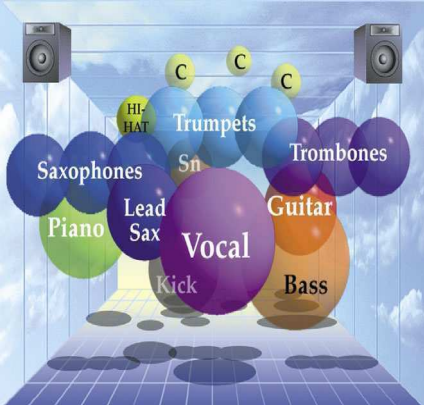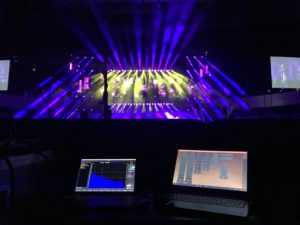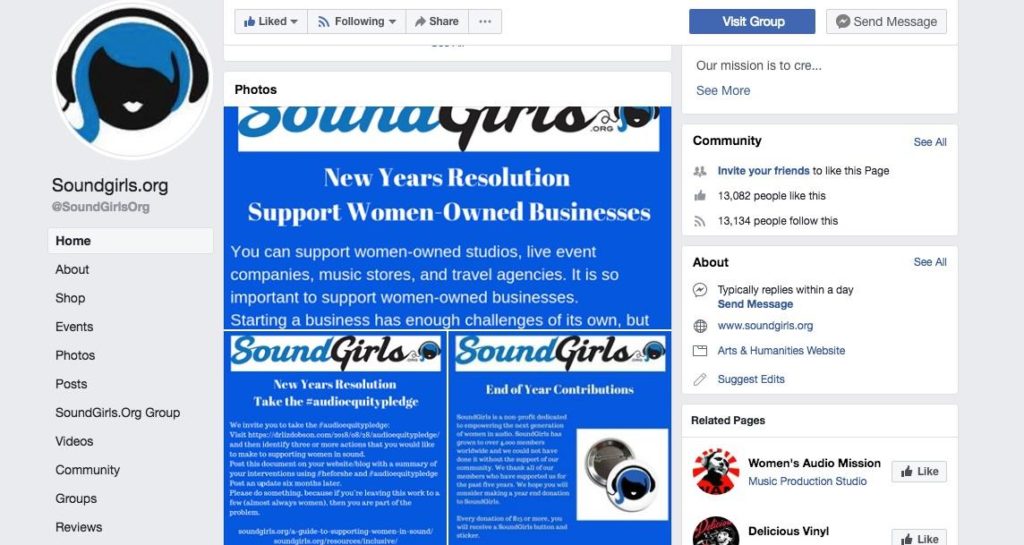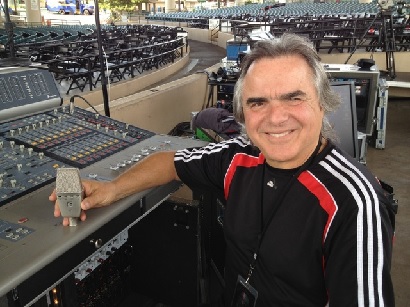
What’s Your Rate?
Questions about pay rates show up often on the social media and trade forums for our industry. Many times, the response is something along the lines of knowing your worth, past experiences, what the job is, and balancing the rate to the market. All are valid benchmarks that can lend a hand to helping determine a standard rate but also makes it hard to assign a specific number due to a lack of clarity. Another component for rates in our industry are classifications such as A1, A2, Breakout Tech and more.
Determining the rate can be frustrating and confusing. Most of those searching hope to find a specific number shared by those with substantial experience in the pricing game. The reality is that many won’t share that detail because they don’t want to lose their edge in the market or get undercut and lose work. I understand the competitive nature of the industry, but the lack of sharing can leave those new to the field or to the area at a disadvantage to getting the pay they deserve. Those that underestimate their value bring the market down for all of us as well. I wish there was the perfect formula for rates in our industry, but that is not the case. The geographic market varies, and I don’t have the knowledge from a comprehensive perspective to add value to that component, but I can offer my perspective on some other qualifiers that you might take into consideration as you determine your rate.
Start by analyzing what is being asked for. For example, will your responsibilities require you to provide leadership, communications, task management of others, or client relations? These are soft skills that come via education and demonstrated leadership. If so, take into consideration your skill set with these components as part of your value. Consider accessing your level of expertise with these components on a rating scale (i.e., 1-5). Gathering feedback from mentors, colleagues, and your employers can help you make these determinations. Being able to lead a team, provide clear communication, delegate tasks, problem solve, maintain a level head, and setting an example of how to relate to the client are all skills that have value and should be part of the formula in rate setting.
What’s your experience?
Your experience comes into evaluation in several ways. Somethings to consider include the size of the event and the equipment required. Evaluate the experience you have in comparison to these event details.
Event needs aren’t always determined by audience size, but there is a growing intensity that comes with larger venues. Consider developing a scale by event size. For example, set a value to events that range between 1- 500, 500- 5000, 5000 – 10,000 and so forth. Think of it this way, if you can run an arena-sized PA without batting an eye your rate should be significant.
Classifications
Rates also fluctuate between job classifications. These classifications often describe the expectations of the work. An A1 is the leader, usually FOH person, and determines many aspects of the audio for the event. Whereas an A2 is their support throughout the show with stage patch, changeovers, and more. Depending on the size of the event, positions can break down into more detailed groupings such as breakout tech, Mon tech, RF tech, system tech, etc. Assess the classification that best associates to the role you will serve and determine a value for that.
Updating your rates
Overtime with gained experience your price should go up. Some people do a yearly increase, others every couple of years. This depends on how quickly you are learning and gaining skills as well as the different kinds of events you’ve worked on. This also comes with time; seniority leads to higher rates than someone who has just started in the field. Everyone should stay up to date on new technology.
Leverage your experiences overtime to justify your rates. If this is your first time out your rates will be lower than the rates of a seasoned professional. This is simply due to limited experiences, just like getting a job at a big box store. A new hire will start at a low rate and as they prove themselves and gain experience the store will give raises over time. This is no different for us.
Analyze the market
Each market can have a different rate as well as different breakdowns of positions and needs.
Attempt to assess what the resource market is in the area you live and for the event scale in question. Often in large markets, the workforce is flooded with freelancers creating a highly competitive bidding market. If there are 100 events in one day and 300 qualified A1’s to choose from you may find to land the job you need to lower your rate. This could be due to others being willing to work for less than not work at all. The supply for technicians is high while the demand for technicians is low.
In reverse of that, if you’re in a market that is growing faster than the rate of established technicians your prices could be higher because you are a rarity and organizations find more value in you for their show. The supply is low while the demand is high, of course, you will need to make sure your skillset is on par. Your established skillset can drive higher rates too, but that usually comes with time to prove yourself or by developing an established career with excellent references.
Geographic and demographic economics affect rates too. The market also includes what clients are willing to pay. Sometimes in smaller markets with a lower cost of living, rates end up being smaller because clients aren’t necessarily ready to pay the big bucks for a show, wherein in other markets clients are willing or have to put more money toward a project for the outcome they want.
There is still no magic formula that gives you an easy to apply rate. Many of the components I have mentioned are common factors in the industry. As you take a job or establish your rates, consider an incremental assessment of your role and experience, event size and equipment requirements, the tech classification that applies, and what the market will bear to help determine your rate. Solidly knowing how you define your value can be used to justify your rate or start the negotiations.


 Introduction to the mix.
Introduction to the mix.











